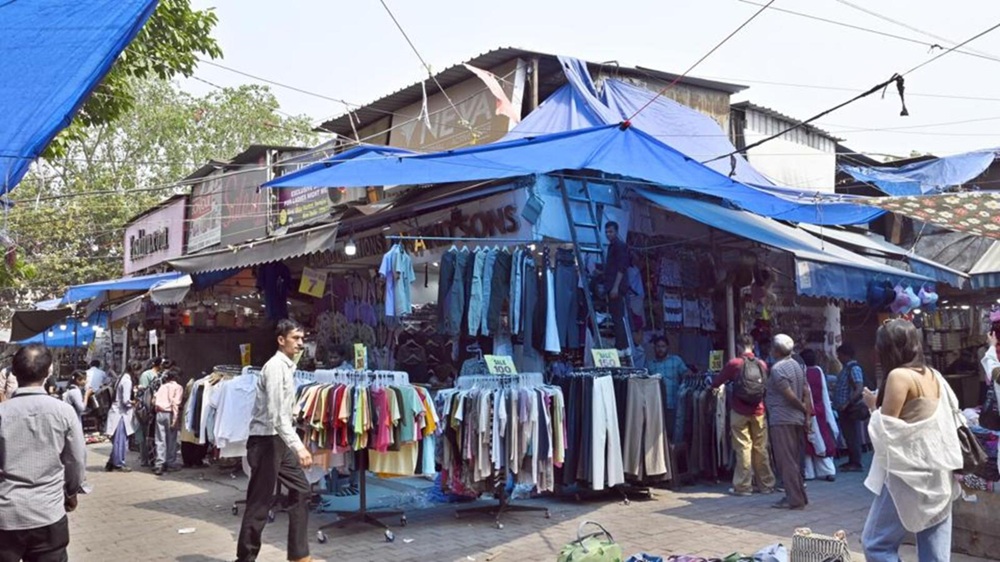Overview
Delhi’s Sarojini Nagar Market, one of the city’s busiest and most popular shopping destinations, has in recent days faced a dual challenge: escalating fire safety concerns and a late-night demolition drive by the New Delhi Municipal Council (NDMC). The convergence of these issues has thrown the market into turmoil, with traders alleging abrupt enforcement actions and raising alarms about public safety. This post examines the fire hazards that plagued several shops, details the NDMC’s demolition operation, explores traders’ responses, and reflects on the broader implications for urban market management in Delhi.
Background of Sarojini Nagar Market
Historical Significance
Sarojini Nagar Market was established in the early 1960s under the auspices of the NDMC as part of Delhi’s post-independence urban expansion. Today, it is renowned for its affordable fashion, accessories, and household goods, drawing thousands of shoppers daily from across the region.
Layout and Usage
The market comprises two main sections—the Main Market and the Mini Market—spanning over 30 acres. Stallholders typically operate from small, permanent shops, often augmented with temporary extensions such as awnings and banners to protect their merchandise and customers from Delhi’s extreme heat and monsoon rains.
Rising Fire Hazards
Incidents of Fire
On May 18, 2025, a fire broke out late at night in three shops in Sarojini Nagar Market, prompting a rapid response from the Delhi Fire Service (DFS). Approximately eight fire tenders were deployed, and the blaze was brought under control within an hour without any reported casualties. This incident was part of a wider pattern—five distinct fire incidents were recorded across Delhi on the same day, including one at Sarojini Nagar in the evening.
Causes and Contributing Factors
Investigations by the DFS pointed to electrical faults as the likely ignition source in at least two cases in central Delhi, highlighting risks associated with makeshift wiring in temporary extensions. Traders often rely on informal electrical connections to power lighting and cooling units under awnings, increasing the chance of short-circuits and subsequent fires.
Safety Measures and Gaps
Despite previous warnings, many shops continued to use tarpaulin sheets and tin sheds, which firefighters warned could accelerate fire spread. The DFS had issued notices two weeks prior to the May incident, urging shopkeepers to remove unauthorized extensions deemed fire hazards; compliance, however, remained low.
The NDMC Demolition Drive
Scope and Timing
In the early hours of May 19, NDMC enforcement teams—backed by police—launched a demolition drive targeting unauthorized structures, including extended sheds, awnings, and shop banners across both the Main and Mini Markets. The operation ran from approximately 11:30 pm to 1:00 am.
Trader Allegations
Shopkeepers accused NDMC of selective targeting, noting that similar extensions exist throughout Delhi’s markets but were only removed here after traders had petitioned the Delhi High Court to clamp down on unauthorized hawkers. Ashok Randhawa, president of the Mini Market Traders Association, claimed NDMC personnel did not present formal orders and gave no prior notice.
NDMC’s Justification
NDMC officials countered that multiple warnings had been issued over the preceding fortnight and that the structures posed obstructions to pedestrian flow and facilitated illegal vending. They emphasized that the drive was part of a citywide anti-encroachment campaign aimed at “reclaiming public spaces” and ensuring market accessibility.
Impact on Traders and Customers
Economic Losses
According to ABP Live, around 500 shops sustained varying degrees of damage, with many traders reporting losses of up to 75% of their extended display area overnight. Small business owners, already grappling with post-pandemic recovery, face steep costs to rebuild or re-rent protective awnings.
Customer Experience
Shoppers arriving the next morning found makeshift tarpaulin sheets hastily erected to shield goods from the sun. Several regular customers noted a decrease in available stalls and voiced concern over market safety and convenience during peak summer heat.
Community Response
A solidarity protest was organized outside the NDMC headquarters on May 19, drawing over 200 traders demanding clearer guidelines and advance notice for enforcement actions. The Sarojini Nagar Shopkeepers Association has signaled intentions to pursue legal recourse and seek political intervention.
Analysis and Broader Implications
Urban Planning vs. Livelihoods
Sarojini Nagar’s plight underscores the tension between maintaining orderly public spaces and preserving the livelihoods of small vendors. Overnight demolition, while legally permissible after notices, risks alienating traders if not balanced with transparent communication and phased compliance schedules.
Fire Safety and Regulatory Enforcement
The recent spate of fires across Delhi, including at Sarojini Nagar, signals urgent need for stricter enforcement of electrical and structural safety norms. Regular inspections, subsidized safety upgrades, and formalized guidelines for extensions could mitigate hazards without resorting to sudden demolitions.
Policy Recommendations
Advance Notice Periods: Mandate minimum 30-day notice and community meetings before anti-encroachment drives.
Safety Upgrade Grants: Offer small grants or low-interest loans to traders for installing fire-resistant awnings and certified electrical fixtures.
Collaborative Enforcement: Establish joint committees of NDMC, traders’ associations, and DFS officers for periodic audits and compliance support.
Conclusion
The dual crises of fire hazards and demolition at Delhi’s Sarojini Nagar Market illuminate the complex interplay of safety, regulation, and economic survival in urban bazaars. While NDMC’s intent to free public space and curb illegal vending aligns with broader civic goals, abrupt enforcement risks deepening trader resentment and destabilizing a vital shopping hub. Moving forward, Delhi’s municipal authorities would do well to adopt a more consultative and phased approach—prioritizing both public safety and the prosperity of the small-scale entrepreneurs who have long been the market’s lifeblood.
